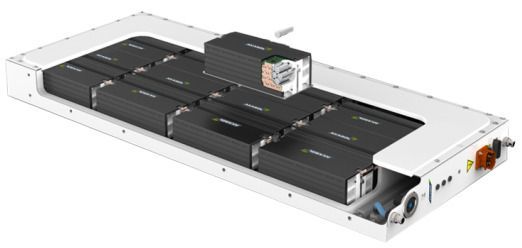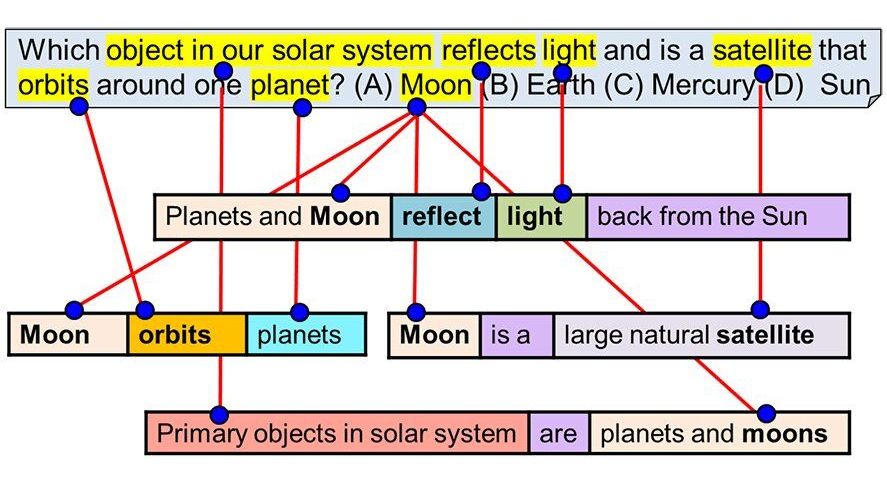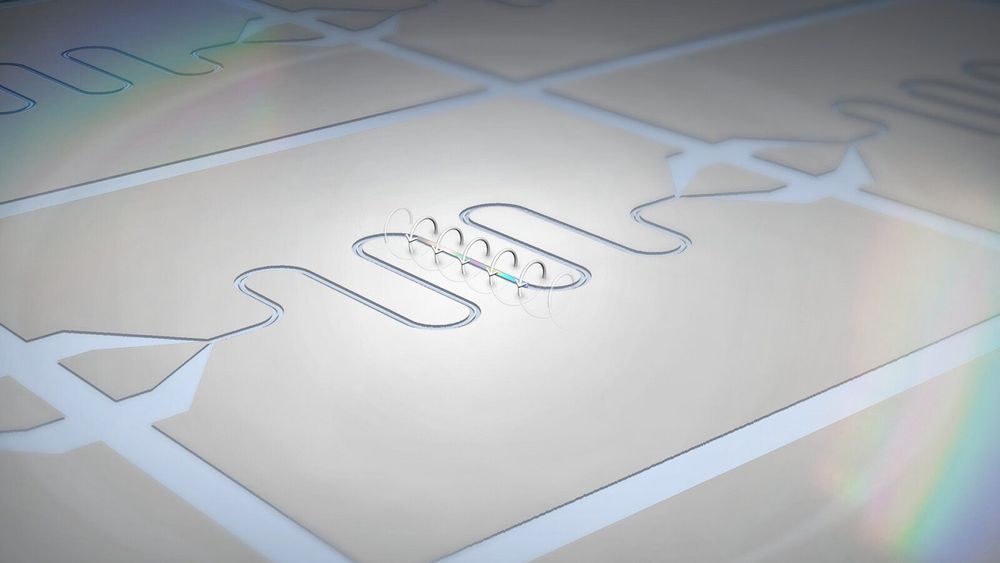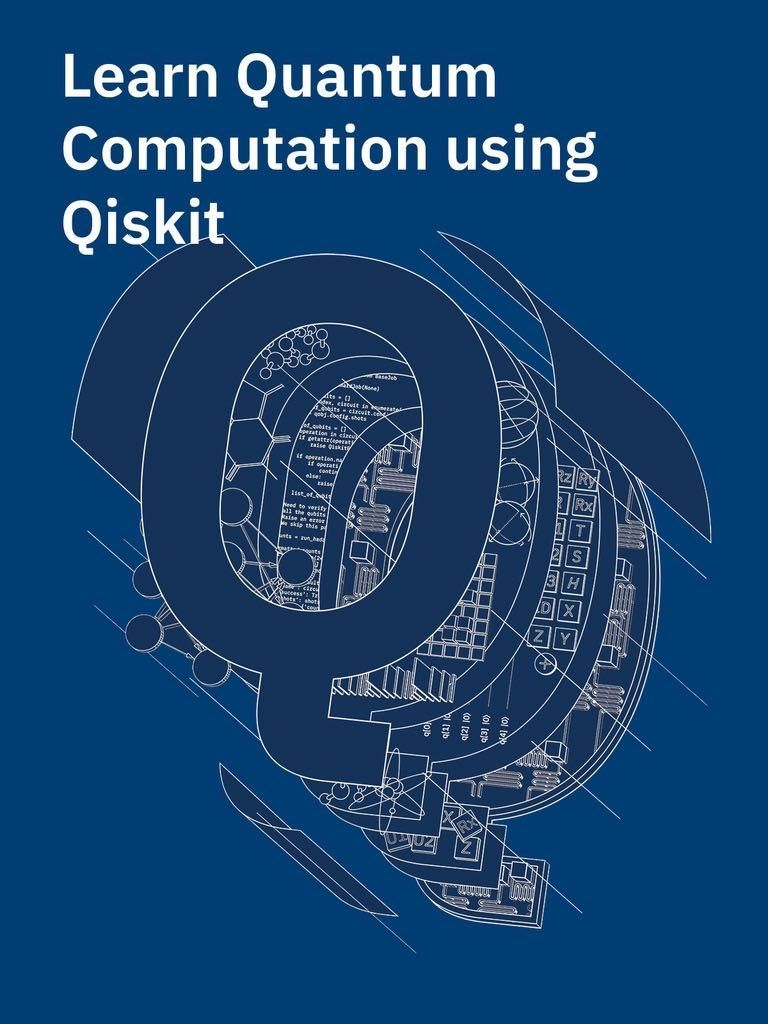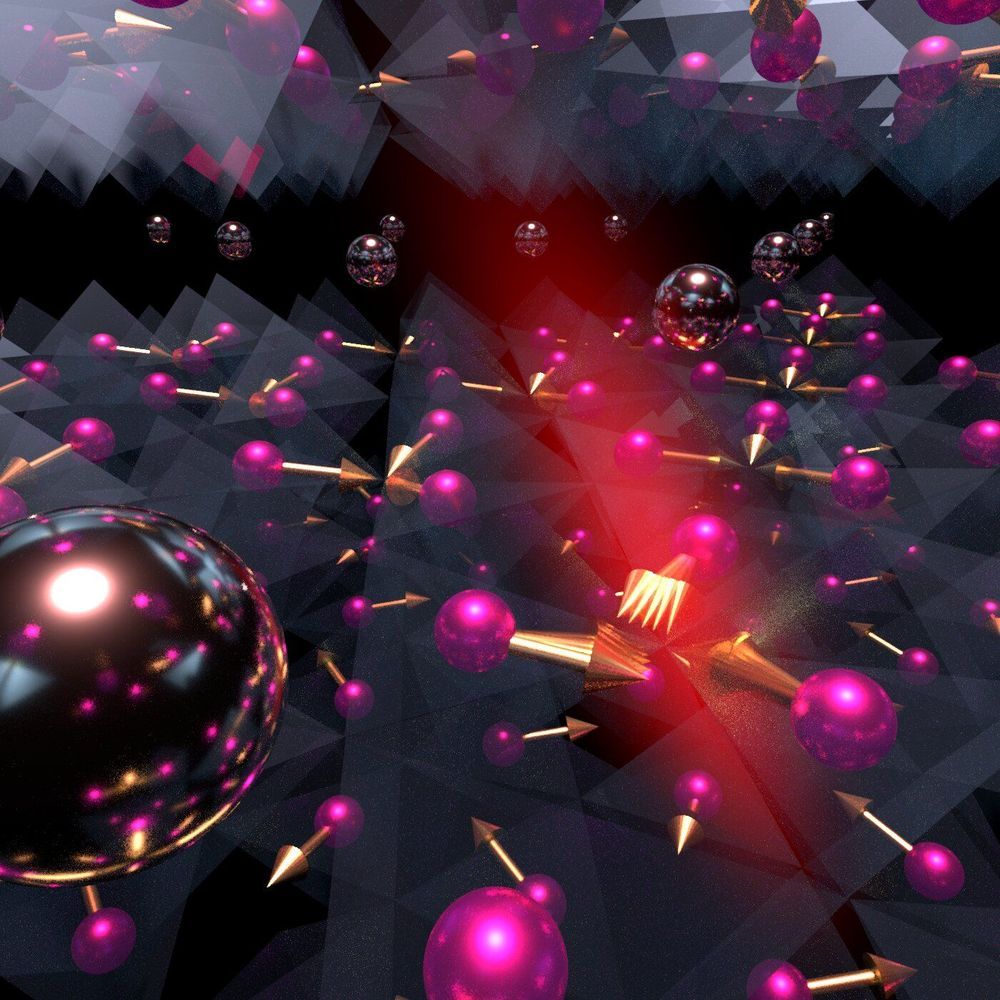
Researchers around the world are constantly looking for ways to enhance or transcend the capabilities of electronic devices, which seem to be reaching their theoretical limits. Undoubtedly, one of the most important advantages of electronic technology is its speed, which, albeit high, can still be surpassed by orders of magnitude through other approaches that are not yet commercially available.
A possible way of surpassing traditional electronics is through the use of antiferromagnetic (AFM) materials. The electrons of AFM materials spontaneously align themselves in such a way that the overall magnetization of the material is practically zero. In fact, the order of an AFM material can be quantified in what is known as the ‘order parameter.’ Recent studies have even shown that the AFM order parameter can be ‘switched’ (that is, changed from one known value to another, really fast) using light or electric currents, which means that AFM materials could become the building blocks of future electronic devices.
However, the dynamics of the order-switching process are not understood because it is very difficult to measure the changes in the AFM order parameter in real time with high resolution. Current approaches rely on measuring only certain phenomena during AFM order switching and trying to obtain the full picture from there, which has proven to be unreliable for understanding other more intricate phenomena in detail. Therefore, a research team lead by Prof. Takuya Satoh from Tokyo Tech and researchers from ETH Zurich, developed a method for thoroughly measuring the changes in the AFM order of an YMnO3 crystal induced through optical excitation (that is, using a laser).
